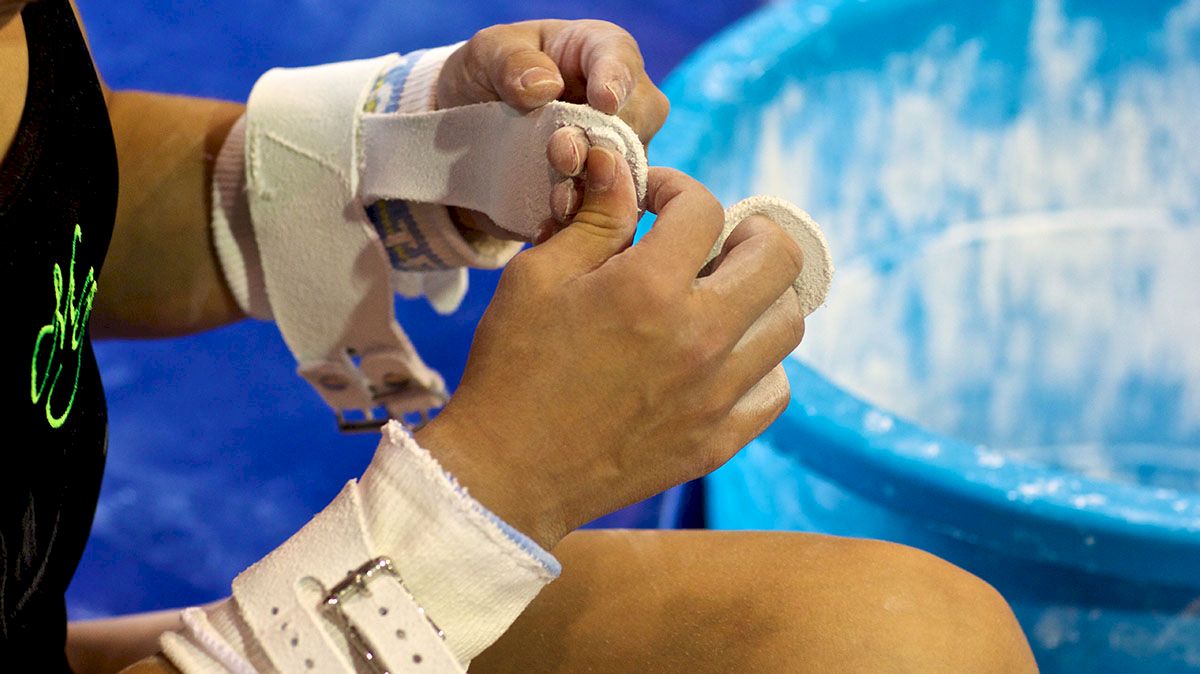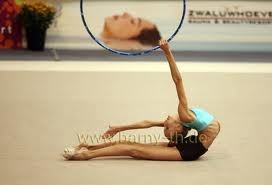The Touchy Topic of Gymnasts and Body Weight, Eating Disorders and Nutrition (Part 1 of 4)
The Touchy Topic of Gymnasts and Body Weight, Eating Disorders and Nutrition (Part 1 of 4)
The Touchy Topic of Gymnasts and Body Weight, Eating Disorders and Nutrition (Part 1 of 4)


About 11 years ago, when Jordyn first began competitive gymnastics, someone recommended I read the book “Little Girls in Pretty Boxes”. Written by sports writer Joan Ryan, this nonfiction book, derived from personal interviews with almost 100 former gymnasts and figure skaters, detailed stories of elite gymnasts and figure skaters and their difficult training regimens. The book touched on eating disorders, weakened bones, stunted growth, debilitating and fatal injuries, depression, low self-esteem, and more. It was basically a book of horrors and it scared me! Yet, the one thing that stuck with me after reading this book were the stories of eating disorders in gymnasts.

When I read this book, Jordyn was very young and body weight was not an issue. As her mother, I wanted to assure that it never became an issue. I wanted Jordyn to learn from a young age about healthy eating and have a healthy body image. This sounds like and easy task, but in a performance-based, judged sport like gymnastics, there is pressure to look good and the parent may be up against many outside influences. Coaches, judges, other gymnasts, and even some parents can add to the pressure a gymnast feels to be thin and look perfect.
Studies have shown that there is an increase in the prevalence of eating disorders among athletes, especially in sports such as gymnastics, figure skating and ballet. An article by Anna Cintado of Vanderbilt University states:
As demonstrated by such famous gymnasts as Kathy Johnson and Nadia Comaneci who have struggled with eating disorders themselves, women's gymnastics seems "designed for the disease" ("Dying for a medal" 1994). In the 1992 NCAA survey, 51% of the gymnastics programs that responded reported this illness among its team members, "a far greater percentage than in any other sport" ("Dying to win" 1994). Unfortunately, the real number is probably even higher.
A more recent review of the research indicates that female athletes in judged sports have a 13 percent prevalence of eating disorders, compared to just 3 percent in the general population. (Athletes and Eating Disorders: The National Collegiate Athletic Association Study).
In high-level competitive sports, the motto of “You have to be thin to win” is often engrained in the minds of athletes. Granted- performance may suffer when an athlete has extra body fat. Performing high-level skill can even be more dangerous when an athlete has extra body weight to negotiate. But there is a distinct difference between body weight (scale weight) and body composition (the amount of weight from fat vs. muscle. And there is reality- not every gymnast has the genetic pre-disposition to be small and thin, which may become evident during puberty.
There is a price to be paid for athletes that strive to obtain and maintain an unrealistic and unhealthy body weight. In my opinion, there has been tremendous growth in this area among competitive gymnasts. Hopefully, the days of the coach weighing athletes in front of their teammates, as depicted in “Perfect Body”, are gone. Hopefully, coaches and judges are focused on healthy eating, healthy body weight, safe training and execution of skills.
But, we live in a competitive world. There are still those who feel the benefit of doing anything it takes to win despite physical and mental health risks is worth it. For this reason, I’m addressing the topic of body weight, eating disorders and proper nutrition in this 4 part blog series. Here are the topics for the next 3 blogs…
Blog #2: Healthy body weight- Healthy self-image
This blog will address these topics: healthy body weight, the difference between scale weight and body composition, the pressures to be thin, addressing body weight issues with your daughter and her coach…
Blog #3:
This blog will address these topics: the signs of a developing eating disorder, the female/athlete triad and the dangers of disordered eating, basic nutrition for athletes
Blog #4:
This blog will address these topics: tips for eating healthy with the hectic gymnast schedule, snack and recipe ideas, and available resources
In the meantime- please share with ME any good, healthy recipe and snack ideas. I’m also interested in any weight loss/gain or eating disorder stories that you have experienced with your daughter if you are willing to share. Contact me via my website at www.gymmom.net (see “contact” at the bottom of the page).
Rita Wieber is author of “Gym Mom: The Twists and Turns of Your Daughter’s Gymnastics Career” and mother of four, including World Champion and Olympic gold medalist, Jordyn Wieber. Wieber is a registered nurse and has a master’s degree in exercise physiology and health education. Visit her website at www.gymmom.net.